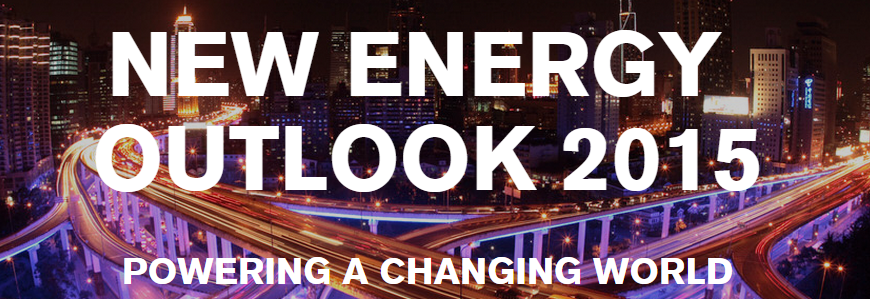
The new Bloomberg New Energy Finance (BNEF) report showing forecasts up to 2040 have predicted a $3.7 trillion investment in solar power – both small and large scale solar power.
The New Energy Outlook 2015 (NEO) report shows that small scale solar power systems will see a huge boom worldwide in the next 25 years. It believes that we will see a rise from 104GW’s capacity in 2014 to 1.8TW’s (1.8 million megawatts) in 2040 – a 17 fold increase. Continuing in the trend we have already seen, the increase will be made possible by the falling prices of solar of 47% per megawatt.
Of the $2.2 trillion spent on small scale solar power projects worldwide around $1 trillion of it will be spent in developing countries installing small PV systems – some bringing power to villages that haven’t had power before.
The next few decades is going to become more ‘power to the people’ with a more decentralized energy mix. More and more people, businesses, communities etc are taking control of their power needs and consuming their own power rather than buying it.
However, out of the $12.2 trillion spent in global power generation up to 2040, only two thirds (around $8.1 trillion) of it will be on renewable energies. Coal will attract $1.6 trillion, gas $1.2 trillion and nuclear $1.3 trillion. As a result of the fossil fuel hold, CO2 emissions will rise each year to 2029 and will still be 13% above 2014 levels in 2040.
Overall, “BNEF’s forecast sees onshore wind reaching 1.8TW globally by 2040, up five-fold, utility-scale PV 1.9TW, up 24-fold, offshore wind 198GW, up 25-fold, and “flexible capacity” (ways of balancing variable renewable sources on the grid, including batteries, demand response and fast ramp-up gas generation) reaching 858GW, up 17-fold. Nevertheless, even in 2040, fossil fuels will still account for 44% of world generation (down from 67% in 2014).”
The story is fairly similar here in Australia. Over 29GW’s of fossil fuel plants (including 12GW’s of coal) will be retired by 8GW’s will be refurbished in order to operate longer. However, most new large scale capacity added will be renewable. It is predicted that large scale PV will go from 130MWs to 15 000MWs – and wind energy will go from 3 500MW’s now to 13 000MW’s in 2040.
“Old coal is very cheap”, said Kobad Bhavnagri, the Australian head of Bloomberg New Energy Finance and co-author of the Australian chapter of the report. “With our existing suite of policies, coal generators will run for as long as is physically possible.”
“The economics of new plants are very different from old”, Bhavnagri said. “Old coal is cheap, because only the running costs need to be met. But building new coal or gas is very expensive, as construction is capital intensive.”
Overall in Australia, 59% of generation will be renewable by 2040. The grid will be kept stable by around 33GW’s of battery storage.
Hugh Bromley, BNEF’s specialist in distributed energy said, “Energy storage will need to be used to meet peak demand in winter from 2033, and households will have more than enough battery capacity to do this. But the grid will need to be managed in a much smarter way to co-ordinate the millions of new household participants.”
As a result of the low cost and long life of fossil fuel powered plants, Australia is not predicted to decarbonise until 2036 meaning that our CO2 emissions only fall by 9% by 2030.
“Carbon emissions will remain stubbornly high unless coal closure is accelerated. Additional policy will be required if Australia is to set a goal for emissions reductions at the Paris Summit that is in line with our major trading partners,” says Bhavnagri.
The overall statement of the NEO 2015 is that policies need to change in order to support renewable and take support away from emission intensive energy generators.
“The message for international negotiators preparing for the Paris climate change conference in December is that current policy settings – even combined with the vast strides renewables are making on competitiveness – will not be enough. Further policy action on emissions will be needed.”
Download an Executive Summary here.
